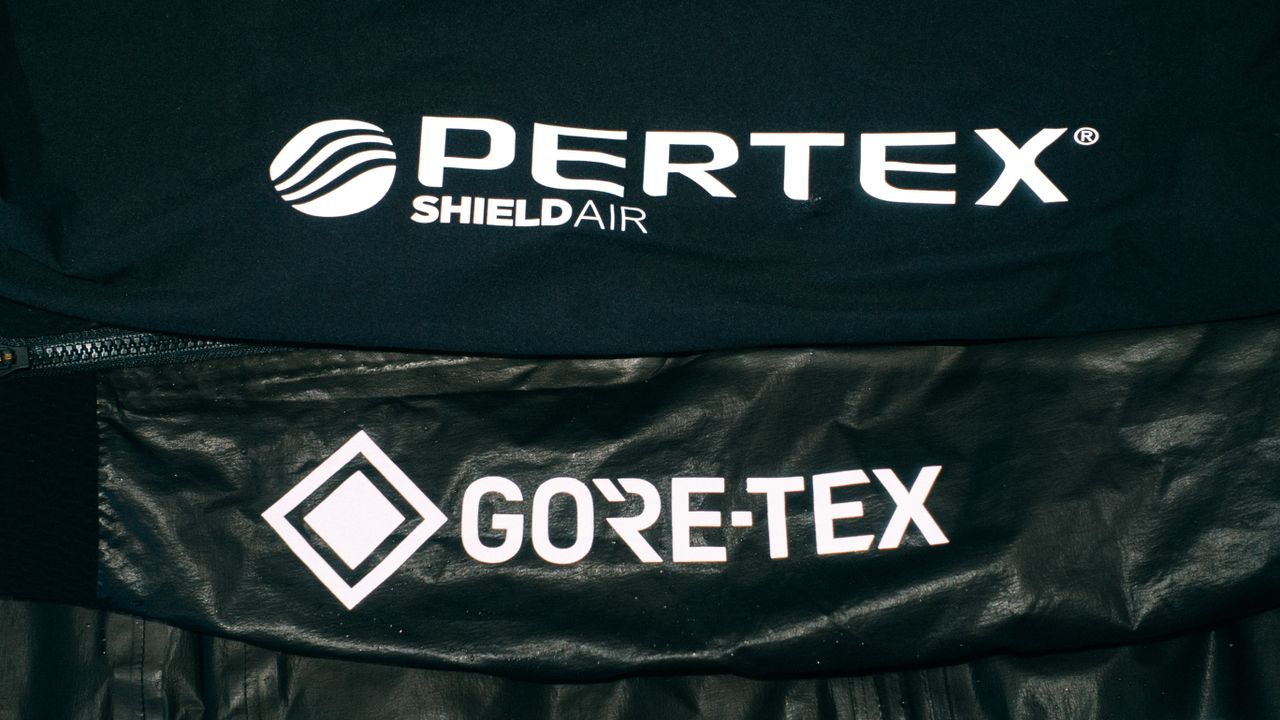
It’s a sad fact that, for now at least, waterproof jackets don’t perform as well as jackets from a few years ago. The removal of harmful PFAS chemicals from the manufacturing process means that, amongst other effects, the durable water repellent (DWR) coatings that used to be based on fluorine chemistry are now less durable and less water repellent, but the LDALWR acronym has yet to catch on.
What this means in practice is that your waterproof gear – and for most of you reading this, this most likely means your waterproof cycling jacket – will more readily and more frequently wet out. Wetting out is what happens when the durable water repellent becomes overwhelmed, allowing the face fabric of your garment to become saturated with water. Once this happens, the jacket not only looks wet, but it also drastically reduces in breathability, as the water vapour from your sweat cannot pass through the layers, as it is impeded by a barrier of water.
This reduction in breathability then means your sweat stays trapped inside the jacket, condensing, and getting you wet from the inside, which is why so many people wrongly assume water has come through from the outside. Once your jacket starts wetting out more quickly than usual, then it’s time to break out the reproofing chemicals to get it back to performing at its best.
You may even need to do this to a brand new jacket nowadays, as the latest DWR treatments are no longer oleophobic (oil resistant), meaning any oil they come into contact with during their manufacture, and before sale on the shop floor/warehouse, can have negative impacts. Basically, grubby hands and sewing machine lubricant can mean your brand-new jacket doesn’t perform as you expect, as the DWR treatment is applied to the fabric before it is cut, sewn, taped, and has logos applied; all steps involving a lot of physical touch.
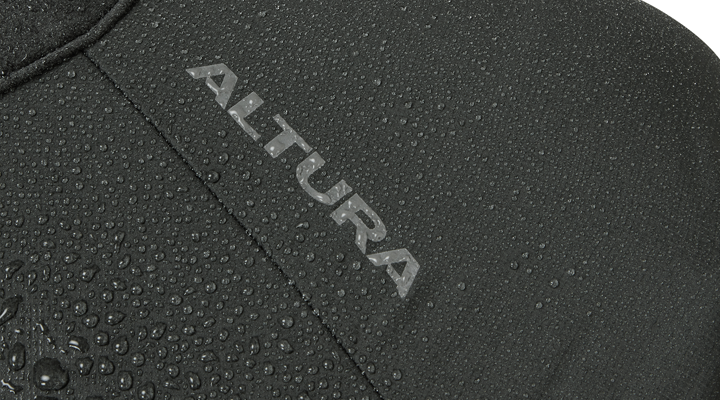
Can't I just put it in the wash with my other clothes?
The first step to getting your gear on song again is cleaning it, though. Most decent jackets feature a liner fabric inside to protect the membrane, but over time, the tiny pores in the membrane, as well as those in the liner fabric itself, clog up with dirt and grime. Flushing these out from time to time improves breathability, as well as just making your jacket look and feel cleaner.
Not only that, but at-home DWR treatments adhere best to clean, dry fabric. Simply spraying a reproofing spray on a filthy jacket is a recipe for short-term gain but medium-term disappointment, so get it in the wash before you do anything else.
I recently spent an evening discussing DWR aftercare with Gore-Tex (yes, I know, what a life I lead) and learned a lot about best practices that I was unfamiliar with. I previously tended to use wash-in treatments, on the assumption that it gave better coverage, and avoided heat, but the advice from the experts is that heat is actually extremely helpful in making the DWR ‘pop’.
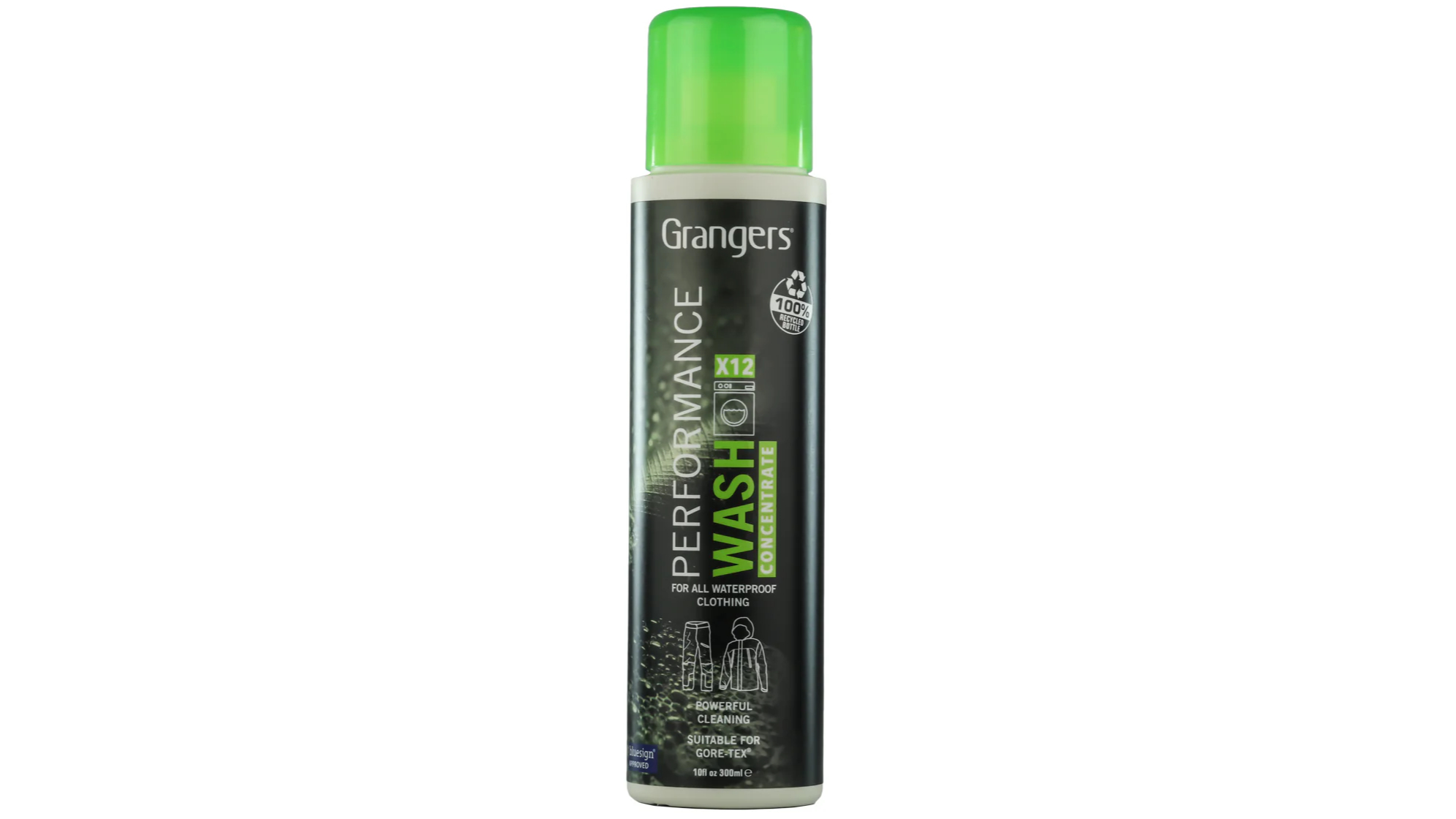
But first, to washing… Gore recommends a little bit of liquid detergent, with the zips all done up, and a 40ºC wash, though it also pays to check the care instructions on the garment first. Never use powder, never use softeners, never use bleach, never use stain removers. If you have a detergent tray that’s gummed up with crusty old powder, then give this a good clean and run the machine empty on a rinse cycle.
If you’re really nervous, then use a dedicated technical garment wash like Nikwax Tech Wash or Grangers Performance Wash. The latter isn’t necessarily endorsed by Gore-Tex as the one to use, but I did get sent home with a bottle of it by the Gore-Tex representatives, so read into that what you will.
A wash may be enough to revivify the DWR, but you’ll need to apply some heat. Toss the jacket in the tumble dryer on a ‘warm gentle cycle’ until it feels dry. Then, put it back in again on the same settings for a further 20 minutes to really get the best results. If you don’t have a tumble dryer, then iron it on a low setting through a towel without steam. This is also the advice, if the care label allows, for Pertex jackets.
If this is enough and the jacket is beading water like a champ, then disregard the next step, but if not, it’s time to get the spray bottle out.
How do I make my waterproof waterproof again?
Previously, I have always useda wash-in reproofer, but having spoken to Gore this it seems has some disadvantages, mostly in that it applies a waterproof coating to the inside of the jacket where you don’t need it, and if the jacket ends up crumpled up in the wash, you can potentially end up with missed spots. It seems the best way is to spray, and both Nikwax TX Direct (as recommended by Pertex) and Grangers Performance Repel Plus (Gore’s drug of choice) come in spray-on varieties.
Other options besides Nikwax and Grangers are available, but they all follow roughly the same steps. Spray the product onto a damp garment, making sure to get into all the crevices and ensure you get full coverage, then pop it into the tumble dryer and, as befor,e run it on a war,m gentle cycle until it feels dry, then leave it in for a further 20 minutes. You should now have a well-beading garment.
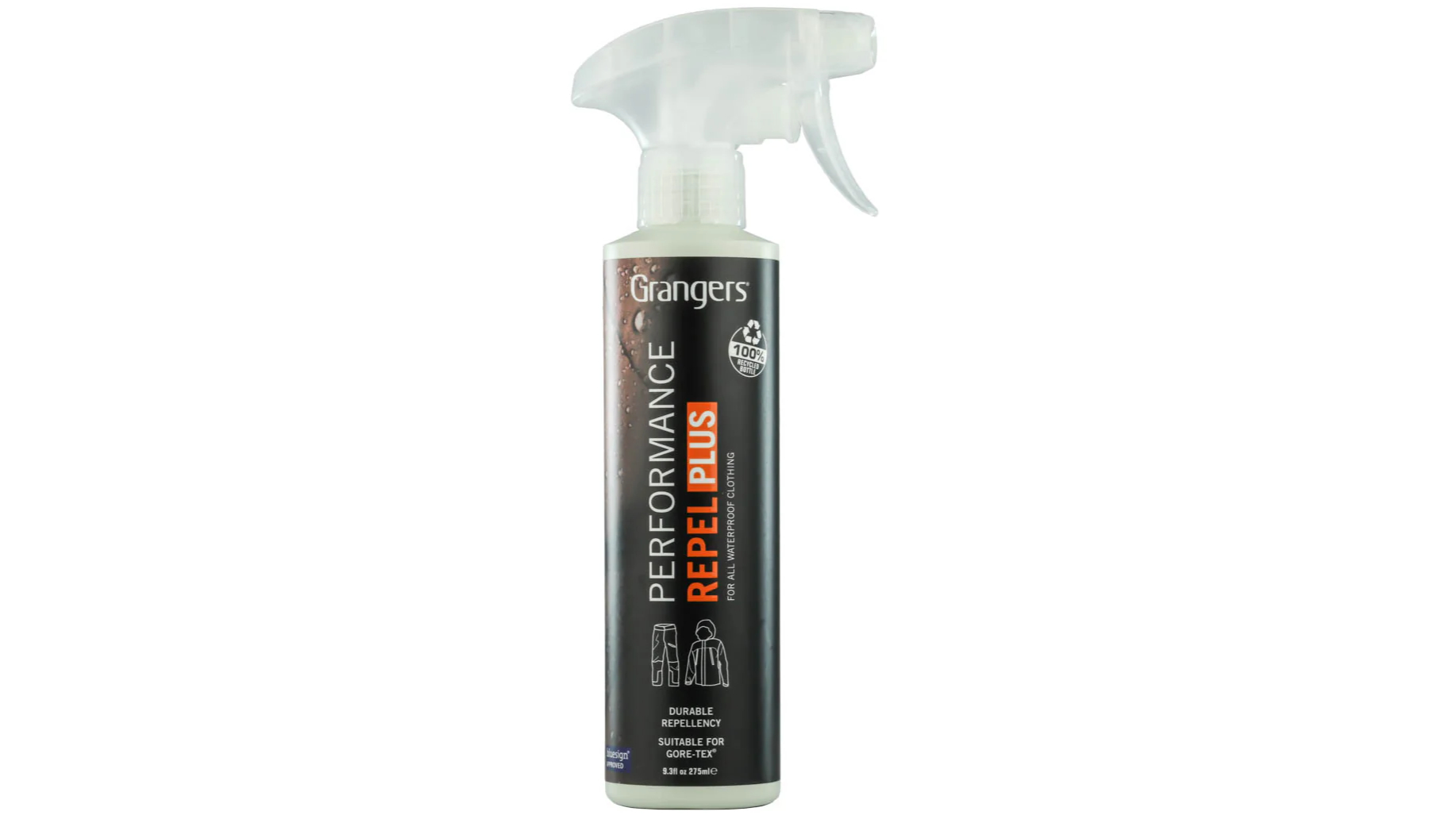
What about Shakedry?
If you are lucky enough to own an old Shakedry jacket, then don’t do any of this. Shakedry has the waterproof membrane on the outside of the jacket, and so it should bead up indefinitely, so all you need to do is wash it on a delicate cycle at 40 degrees. Don’t reproof it, don’t use softeners, don’t use bleach or stain removers. Don’t do anything to it besides just washing it properly.
Proper preparation ensures best performance
If you’re like me and have a good deal of experience with old, pre-PFAS ban garments, then you’ll be used to your jackets being relatively low maintenance. I have some old Gore-Tex Pro mountaineering gear that’s still good as gold ten years on, and I barely have to do anything to it, but that’s not the world we live in anymore.
Learning to reproof your jacket is often a reactionary undertaking; your jacket ceases to perform as expected, so you go and reproof it. We need to start being a little more proactive, however. Got a bikepacking trip coming up? Maybe give your outerwear a little love and a DWR refresh before you set out to make sure it looks after you. The same goes for wet road riding. Both mud and road spray contain oils that can impact the DWR, so being properly prepared before the impacts start to become apparent will mean you stay drier and more comfortable.
With that in mind, I’m off to throw all my test jackets in the dryer and get the spray bottle out.
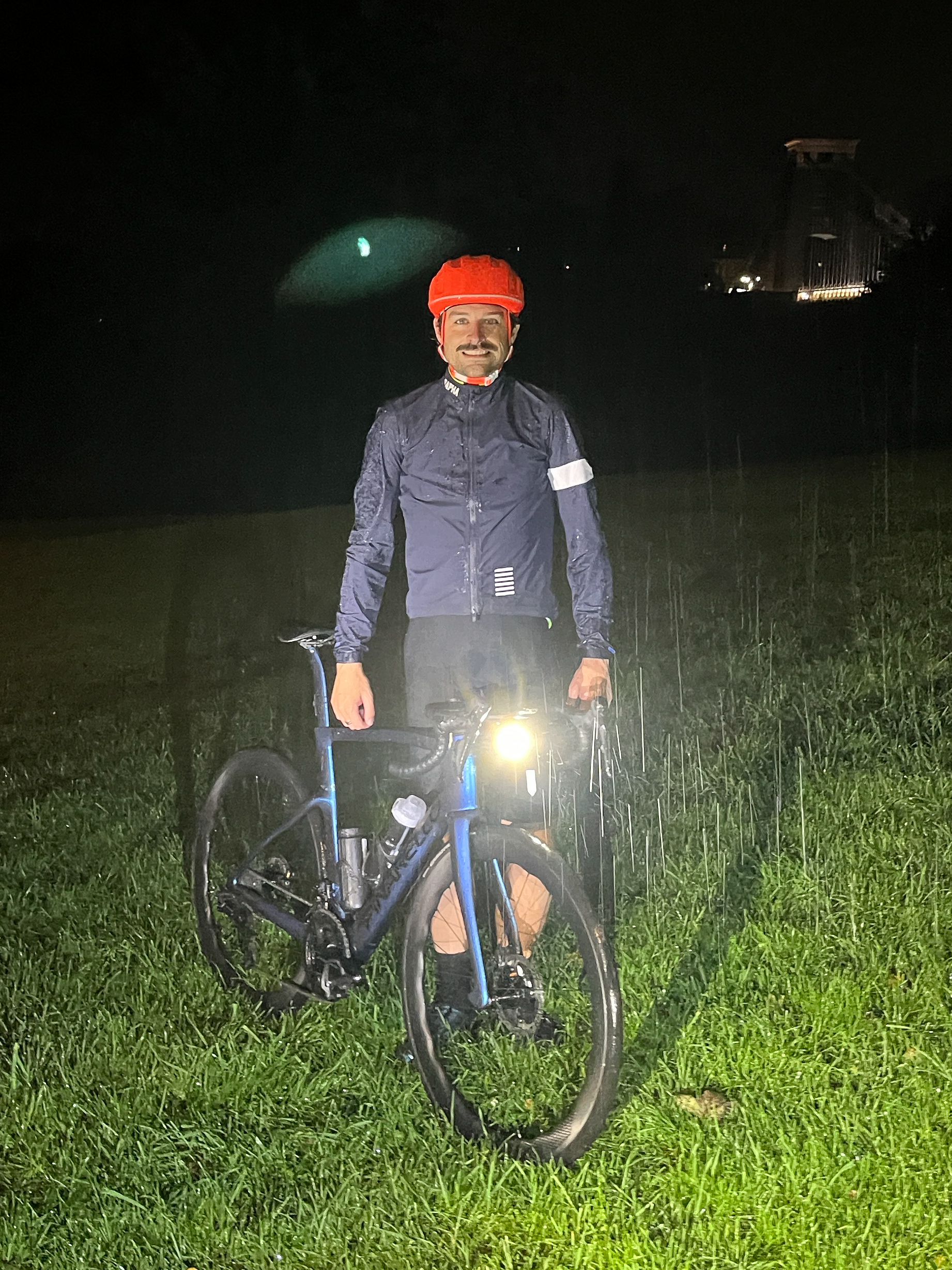
Can I waterproof anything with a DWR spray?
In theory, yes. I have a lot of DWR-coated soft goods, like winter bib shorts and arm warmers that could do with a reproof and the theory is the same for things other than your hardshell jackets. Wash according to the care instructions, spray a DWR on when it’s damp, and give it a tumble dry or an iron through a towel to activate the DWR thoroughly if the care label allows. If not, just let it air dry and keep your fingers crossed.
There’s nothing really stopping you or me from giving our winter bib tights a DWR coating to help with road spray (though mudguards will be a far more effective method), but as soft goods don’t generally have a waterproof membrane, they will never be truly waterproof. That’s not going to stop me experimenting, however.







